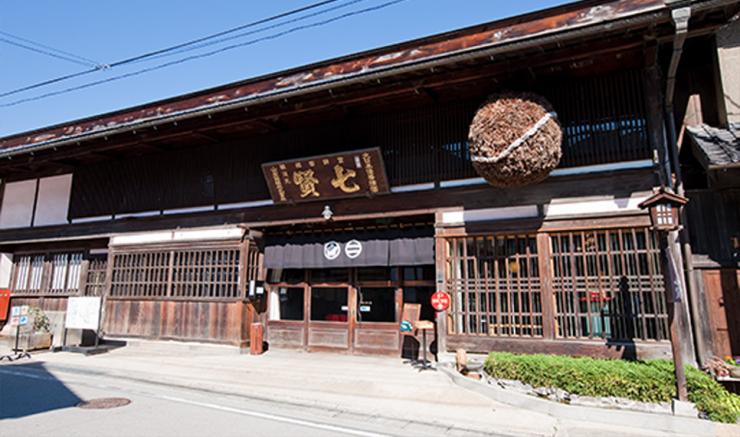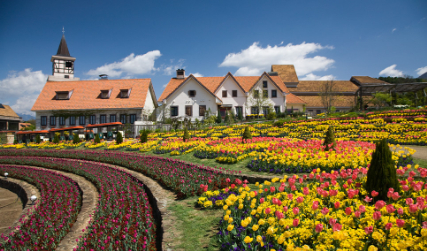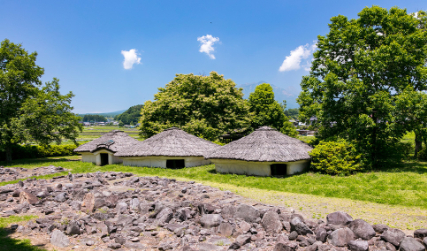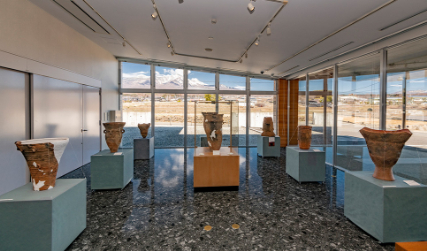Daigahara Shuku
Main content starts here.

During the Edo period (1603-1868), the ruling Tokugawa shogunate established the gokaido, five official routes connecting Edo (present-day Tokyo) with other provinces and the imperial city of Kyoto. The government also established post towns (shukuba) along these roads, to ensure government officials and travelers had places to rest during their journeys. One of the five routes was the Koshu Kaido, which joined Edo with Shinano Province (present-day Nagano) via Kai Province (present-day Yamanashi).
Daigahara Shuku, now part of the Hakushucho neighborhood in the city of Hokuto, was the 40th of 44 post towns along the Koshu Kaido. As the small town has maintained its Edo-period character, it feels almost like a time capsule from the past. The old-fashioned townhouses (machiya) lining the Koshu Kaido road have been restored in the style of the time and there are numerous other relics of the era, including a large stone lantern, hitching posts for horses, and ornate gates in front of old wooden houses. At one end of the town is the large Kitahara mansion, which once belonged to a government official.
Like many post towns, Daigahara Shuku is small and easy to explore. There are several old shops including the Shichiken sake brewery and Kinseiken, a sweet shop selling Japanese confectionery (wagashi). Kinseiken invented Mizu Shingen Mochi, a special kind of sweet made from sugar and water and sold only in summer. The transparent dessert resembles a large water droplet and uses mineral water from the pure mountain streams in the area. Every October, there is a large market held along the road featuring about 300 stalls, selling antiques, crafts, local produce, and more.
Category
Area
Share
Venue Address
Hakushucho Daigahara, Hokuto-shi
-

Attractions
-

History & Culture
-

History & Culture
Home of Mt. Fuji > Discover > Daigahara Shuku